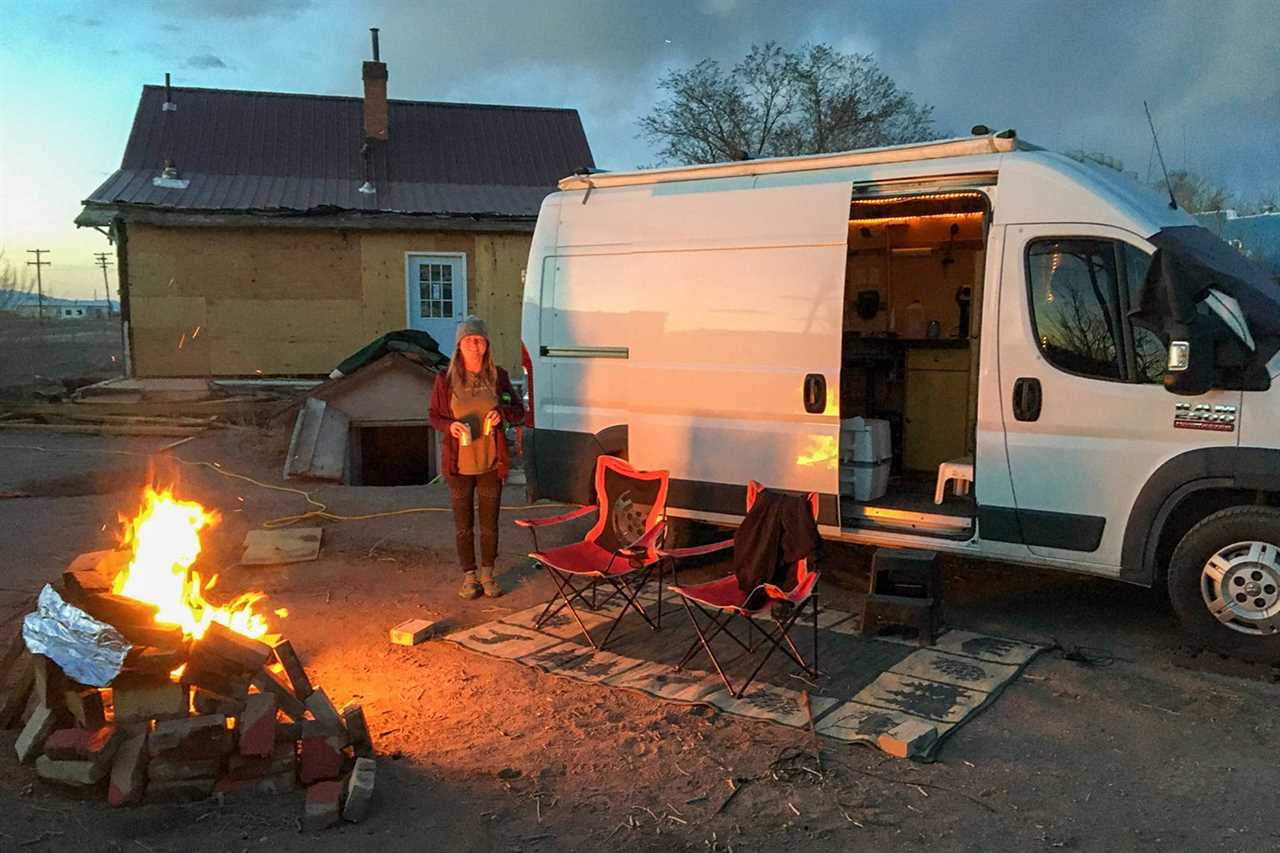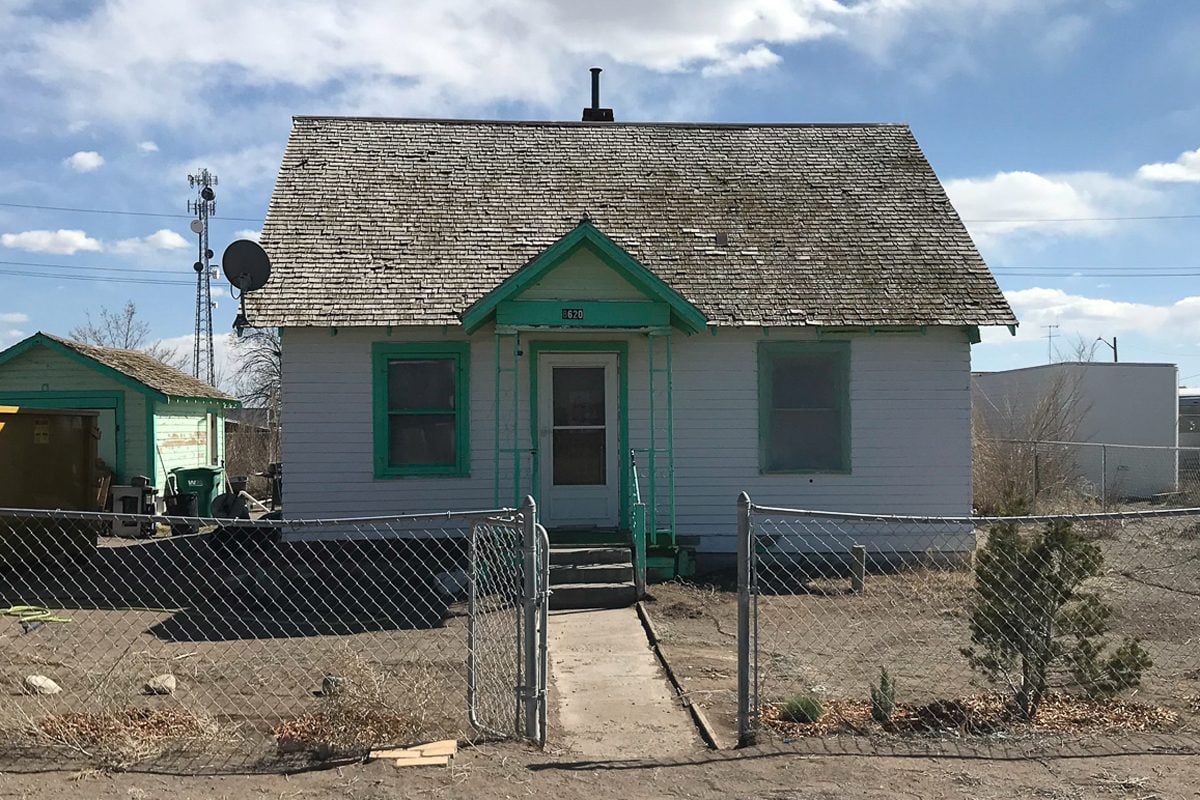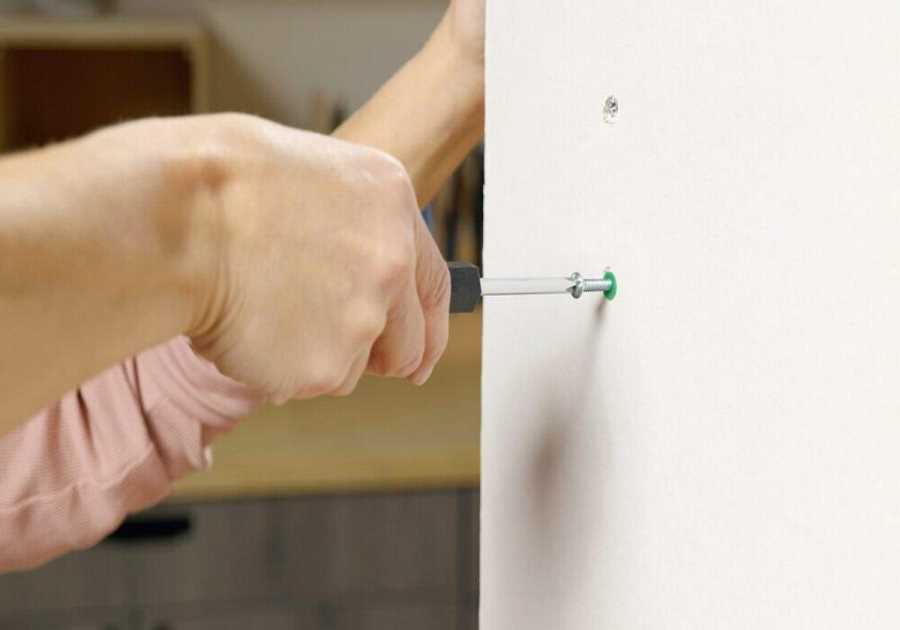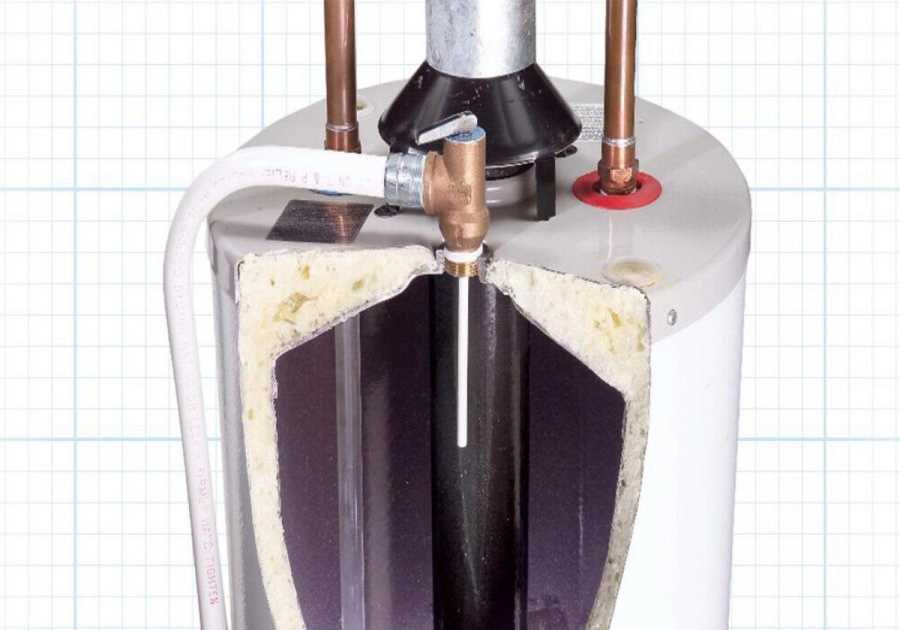Three years ago, my partner and I and bought a 100-year-old home in a rural Colorado town. The pandemic created some limbo in our lives, and we thought a fixer-upper might be the best place to park our savings, grow some equity and maybe even put down roots in a small-town community.
The house we wanted was the cheapest one for sale in the state. It had been on the market for well over a year, so we assumed most people viewed it as a tear down. All the windows were busted out, cedar roof shingles were missing, and the bathroom floorboards were torn up in an apparent attempt to fix broken water pipes.
Despite all that, we optimistically saw it as a charming old home with a solid foundation. There wasn’t a ton of insect, rodent, or water damage. And with a little digging through state records, we discovered it had a valid well permit. The real estate agents didn’t know about, or they would have raised the price.
We’re not house flippers. This was my first fixer-upper, although my husband had done some in-depth work on his previous houses. But we basically knew what we were getting into a gut to the studs, then a rebuild of every system.
In all, we’ve put about a year-and-a-half of full-time work into it, without hiring much outside labor. (My husband’s dad is a retired plumber, so he came out to help with that.) We’re now working our way through the final list of finishing touches.
Overall, it went well and we certainly don’t regret it. We learned a lot, though there are a few things we would do differently next time. If you’re thinking about embarking on a fixer-upper, here are a few of the more unusual problems we ran into that you might not have considered.
Level Floors and Plumb Walls
Most old houses feature floors that slope or sag, and walls that aren’t entirely at 90-degree angles. On this house, we knew they weren’t due to serious foundational problems. But we also didn’t realize the major undertaking fixing these issues entailed.
It took bags and bags of leveling compound and days of labor to correct them. Had we realized the scope of the task earlier, we would have leveled the floors by jacking them up from beneath instead.
Access to Building Supplies and Support Services
In the excitement of taking on the project, we neglected to consider supply availability.
The closest big-box home-improvement store is more than two hours away. And although we prefer to shop locally, the closest independently owned construction-related stores charged extremely high prices. That really adds up over the course of a big project. Finding subcontractors was also nearly impossible.
All this meant paying more for materials, more time learning new tasks we had to do ourselves, and more wear-and-tear on our bodies than we expected.
Dumpsters and Disposals

We ended up using four 40-yard dumpsters to dispose of old wall board, mortar, wood, yard refuse, pipe, wiring and appliances, plus one unexpected component an enclosure of thirteen 300-pound steel door panels. These were hidden under paneling in a poorly constructed and illegally added room, which we had to remove. Apparently they had once been part of an industrial building.
We were extremely lucky the dumpster company took them. Three months later, the company changed its policy and stopped accepting scrap metal. Had that change come sooner, it would have been an expensive hassle to get rid of those panels.
Living Onsite

We lived in our camper van in the backyard for the first four months, until we had the interior gutted, new windows installed and drywall added to a bedroom.
As more rooms took shape, we brought more stuff into the house: a few pieces of furniture, camping equipment, bicycles. What a mistake. Before we knew it, working became a chore because we had to keep moving everything around. Had we realized the hassle it would be playing musical belongings, we would have ditched most of our stuff.
Landscaping With Native Plants
The first spring, we decided to start landscaping, even though the house was far from done. We figured it would give trees and bushes plenty of time to establish themselves.
Though I have some gardening experience, I underestimated the effect the dry climate and cold winters would have on my plant choices. After a summer of close attention and watering to get them all rooted, the winter wiped out every plant that wasn’t a hardy native.
Fortunately, the ones that did make it now need zero maintenance and supplemental water. They’re here to stay … but we are not.
Don’t Assume a Small Town Will Embrace You
At first, we had visions of cozying up with a new community. Not anymore. Now we’ve decided to sell or rent out this house.
It’s in a town with roughly 48 people, plus enough abandoned buildings to be classified as a ghost town on some maps. While we see room for improvement, many residents, whose families have lived here for generations, don’t want change.
We’ve made friends with some residents, but others still won’t talk to us. No sense in pressing the issue. Better to find a place where we fit in.
Are Fixer Uppers a Good Investment?

Yes. But for a number of reasons, our next project will be a new build.
We found a parcel in a town where we do fit in, and building a new house should be quicker and easier than dealing with all of the quirks of an old one. (Check in with us next year to see if that’s true!).
Plus, the building codes changed here. Now, if you renovate more than 25% of a house, you must use updated energy efficiency and insulation standards. Complying with that means making the house walls thicker, which would be cost-prohibitive.
What Should You Avoid in a Fixer-Upper?
Stay away from anything you feel is drastically out of your comfort zone, although YouTube can go a long way toward remedying that! From cracked foundations to leaky roofs, it’s no joke that a fixer-upper can be a money pit. Plus, rural homes have their own set of peculiarities and pitfalls.






